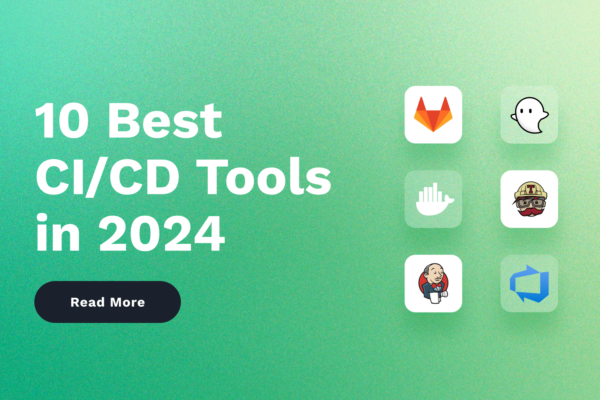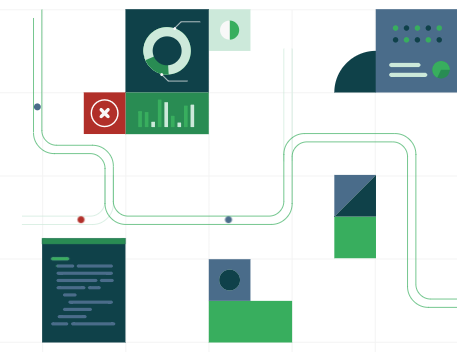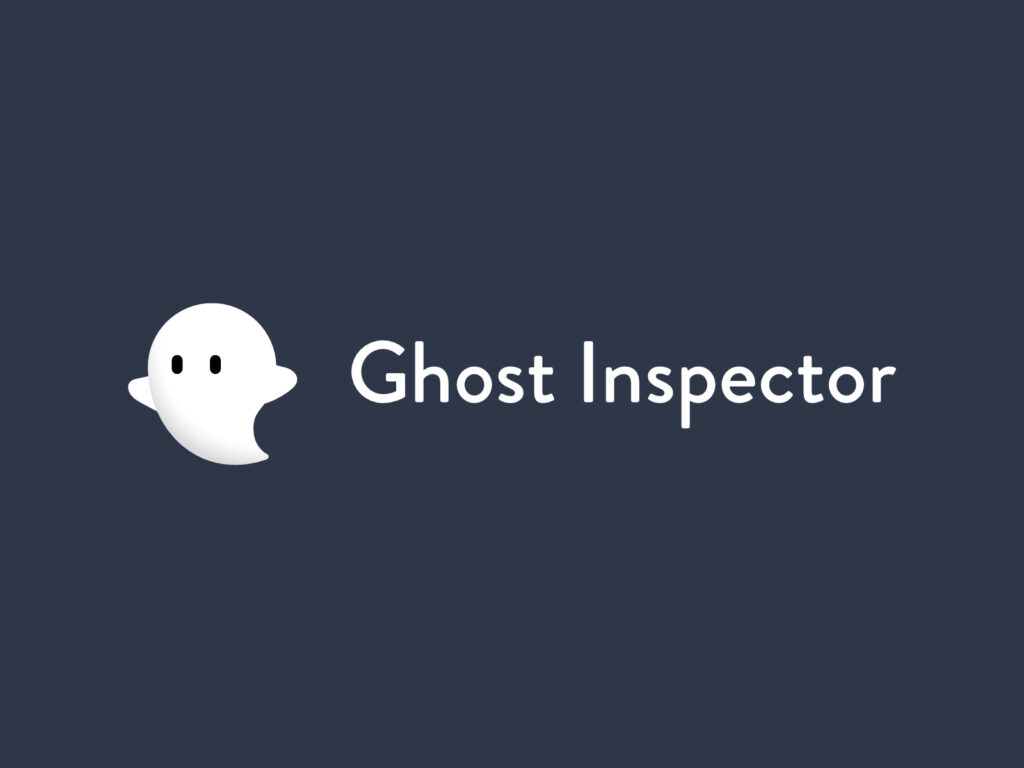Modern development strategies require implementing a continuous integration and delivery/deployment (CI/CD) pipeline to consistently deliver high-quality software and updates.
To achieve this, development teams must create a CI/CD pipeline that effectively automates and accelerates the software development lifecycle. This enables developers to build and deploy better code faster. But, to create a well-functioning CI/CD pipeline, they need to use the right CI/CD tools.
Before you select your CI/CD solutions, you need to understand CI/CD pipelines and how they work. So, this article will explain CI/CD in detail and then cover the top 10 tools and their features.
Let’s get started.
Table of Contents
Boost your CI/CD pipeline with Ghost Inspector automated testing
Our 14 day free trial gives you and your team full access. Create tests in minutes. No credit card required.
What is CI/CD?
A CI/CD pipeline allows developers to efficiently integrate, test, and deploy their code changes. It consists of two main parts:
Continuous Integration (CI)
This part of the pipeline focuses on integrating work from multiple developers into the main branch as frequently as possible.
In the Continuous Integration process, developers’ changes are automatically built, and tests are run against these changes to ensure they don’t hinder app functionality.
This process helps identify and fix integration errors quickly and improves software quality.
Continuous Delivery or Continuous Deployment (CD)
This process is an extension of CI and automatically deploys all code changes to a staging or testing environment after building.
In Continuous Delivery, the decision to deploy to production is manually made so the operations team can control when and how to release features. When using Continuous Deployment, every change that passes your production pipeline is automatically released to customers without human intervention.
These processes form the backbone of a modern DevOps or Agile development strategy, making software development efficient and error-free.
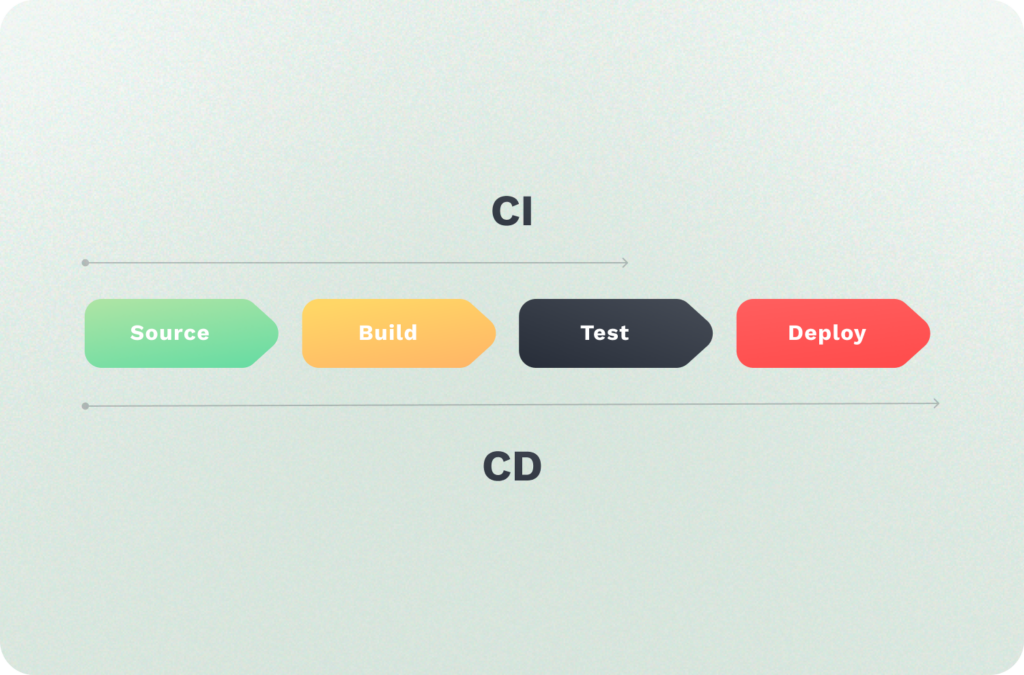
A CI/CD tool is a platform that automates the steps involved in continuous integration and delivery, facilitating rapid and reliable development and deployment. A combination of CI/CD tools is used to create a CI/CD pipeline.
A vital part of this CI/CD pipeline is continuous automated testing, which creates rapid feedback loops that instantly check code changes for errors and alert developers so they can fix issues quickly.
To enable automated testing in their pipelines, software development teams use web testing tools that integrate with popular CI/CD pipeline tools.
Why are CI/CD tools important?
CI/CD pipeline tools provide five major benefits to developers, testers, and QA teams:

- Improved collaboration: CI/CD tools encourage constant code merges and ensure developers work on the latest codebase version, reducing code integration conflicts. They also foster transparency throughout development via dashboards and notification systems.
- Enhanced code quality: CI/CD solutions help create standardized processes and use automated testing to reduce mistakes and catch bugs early. This simplifies debugging and ensures code quality is maintained throughout the development lifecycle.
- Faster time to market: The best CI/CD tools drastically increase the speed of code releases. Automated building and testing eliminate many manual steps in software delivery, speeding up the entire process from code commit to deployment.
- Feedback loops: Immediate feedback on the integration and deployment processes is another major advantage. CI/CD pipelines provide developers with instant information about the success or failure of their changes. This helps in fast error fixes and boosts overall code quality by allowing developers to make informed improvements continuously.
- Consistent processes: CI/CD tools help establish standardized, repeatable processes for building, testing, and deploying software. This standardization reduces the chance of errors and increases the reliability of the deployment process. These tools also encourage better documentation and adherence to best practices.
Properly implementing CI/CD tools leads to a more robust software development process and enables organizations to respond swiftly to market demands.
How to implement an effective CI/CD pipeline
Here’s a general guide to setting up your CI/CD pipeline:
- Version control setup: First, create a solid foundation using a version control system (VCS) like Git. To manage the development flow, organize your repository with clear branch structures (such as main, develop, and feature branches). This setup helps you track every change and enables easier integration and rollbacks.
- Select a CI/CD tool: Choose a CI/CD pipeline platform that integrates well with your version control system and other tools and fits your project’s needs. Consider platform compatibility, scalability, and your team’s learning curve.
- Define the pipeline: Then, you can define the stages of the pipeline. Typically, these phases are divided into build, test, and deployment. Use configuration files to set up these stages based on your project’s requirements. Your pipeline must be equipped to handle everything from pulling the latest code from VCS to deploying it to production.
- Automate testing: Incorporate automated testing in your pipeline to ensure quality. This includes unit, integration, and acceptance tests, which should run every time changes are integrated into the main branch. Automated regression testing is also needed for web applications.
- Feedback loops: Use APIs that support automated alerts via email, Slack, or other channels to create mechanisms that provide immediate feedback to developers. You can configure alerts to be triggered by build or test failures.
- Monitoring and optimization: Continuously monitor your pipeline’s performance and identify opportunities for optimization. This can include reducing build times, improving test coverage, or streamlining deployment processes.
Following these steps, you can implement a CI/CD pipeline that boosts your team’s productivity and enhances product quality and operational efficiency. Development teams must optimize the pipeline regularly so that it remains effective and aligns with evolving project needs.
To build a well-functioning pipeline, you need to use the best CI/CD tools. These platforms can significantly simplify building and deployment management. Let’s look at some of the current top tools.
Top 10 CI/CD tools
Here are 10 popular CI/CD tools used by software development teams and their main features:
1. Jenkins

Jenkins is an open-source automation server. Developers can use Jenkins as a CI server or a continuous delivery hub for projects.
Key features:
- Extensive plugin: Offers over 1,000 plugins to integrate with virtually any tool in the CI/CD spectrum, including web testing platforms like Ghost Inspector.
- Highly customizable: Jenkins can be modified and extended through its plugin architecture, supporting a wide range of workflows and tools.
- Scriptability: Allows users to write complex pipelines using Jenkins Pipeline (Groovy) scripting.
- Strong community: Backed by a large community that provides updates and helps troubleshoot issues.
2. Azure DevOps
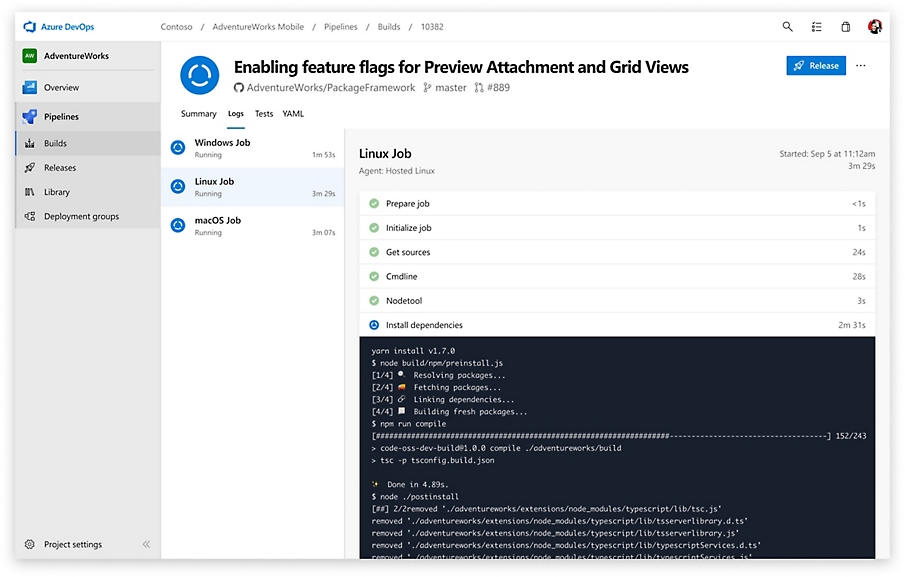
Microsoft Azure DevOps provides developer services for teams to plan work, collaborate on code development, and deploy applications. Among other features, it offers Azure Pipelines to automate continuous testing and deployment.
Key features:
- Cross-platform support: Works across platforms with any language, targeting any platform.
- Integration with Azure: Connects with various Azure services and features, enhancing cloud-based workflows.
- Built-in CI/CD: Offers built-in continuous integration and continuous delivery capabilities, with native integration into GitHub.
3. GitLab
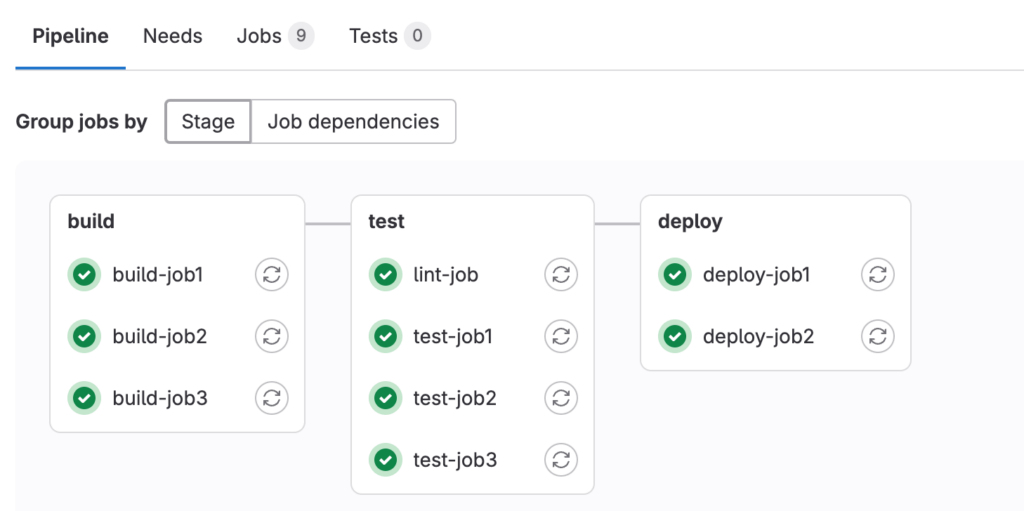
GitLab is an AI-powered DevSecOps platform that can be used for the entire DevOps lifecycle, from project planning and source code management to CI/CD, monitoring, and security.
Key features:
- Integrated CI/CD: Native CI/CD capabilities make it easier for teams to stay synchronized.
- Auto DevOps: Automatically configures CI/CD pipelines with built-in best practices.
- Comprehensive toolset: Includes issue tracking, source code management, release orchestration, and more.
- High scalability: Supports scaling from small teams to large enterprises.
4. GitHub Actions
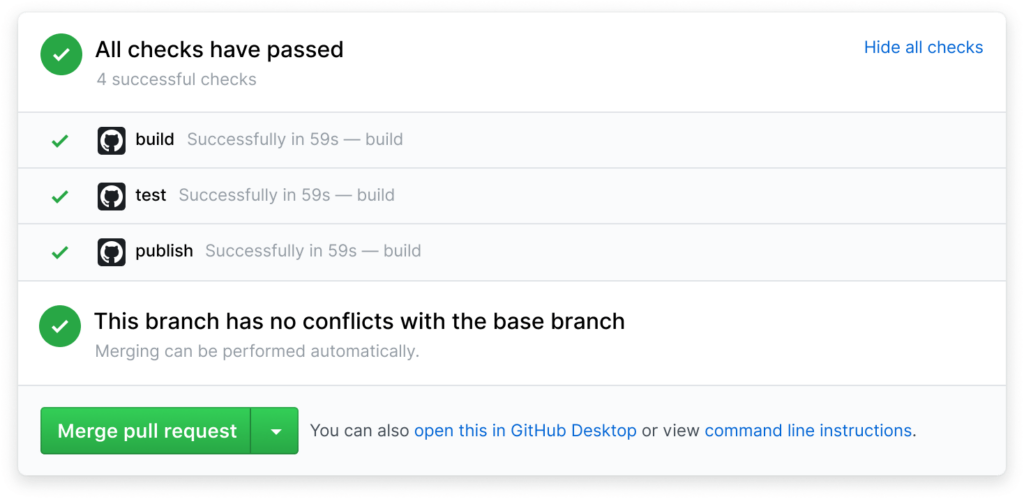
GitHub Actions enables workflow automation with CI/CD capabilities directly in GitHub. DevOps engineers and developers can quickly start workflows with GitHub events, like issue creation or push, and configure actions to automate the services they use.
Key features:
- Deep integration with GitHub: Integrates with GitHub repositories for CI/CD pipelines.
- Custom workflows: Users can create custom actions and automate workflows to build, test, and deploy their code.
- Community-driven actions: Leverage actions shared by the GitHub community to extend functionality.
- Matrix builds: GitHub Actions supports running multiple versions of your project in parallel.
5. Bamboo

Bamboo Data Center is a continuous delivery pipeline platform that ties automated builds, tests, and releases in a single workflow.
Key features:
- JIRA integration: Deep integration with Atlassian products like JIRA and Bitbucket.
- Real-time visibility: Provides visibility into the delivery pipeline and offers performance metrics.
- Pre-built functionalities: Unlike Jenkins, most common functionalities are out-of-the-box without plugins.
- Deployment projects: Supports environment-specific configurations and tracks release progress.
6. CircleCI
CircleCI is a CI/CD platform that automates builds across multiple environments, with a focus on speed and reliability. It offers a cloud-based solution, CircleCI Cloud, and an on-premise or self-hosted platform, CircleCI Server.
Key features:
- Highly scalable: Efficiently handles projects of any scale and is often used for large-scale workflows.
- Docker support: Native Docker support to build and test in containerized environments.
- Configuration as Code: Pipelines are configured through a YAML file. It also supports most programming languages out of the box.
- Insights dashboard: Offers detailed insights into pipelines and workflows.
7. JetBrains TeamCity

JetBrains TeamCity is a powerful and user-friendly CI/CD solution that supports multiple platforms and environments.
Key features:
- On-the-fly build progress: Allows for modifications to build procedures during runtime.
- Reusable build configurations: Build configurations are templates that can be reused across multiple projects.
- Plugins for Integrated Development Environments (IDEs): Offers integration with IntelliJ IDE and other JetBrains IDEs.
- Comprehensive VCS Support: Supports a wide range of version control systems.
8. Travis CI

Travis CI is used to build and test projects hosted on GitHub. It is a distributed continuous integration service. Users can choose Travis CI Cloud for automating open-source projects and Travis CI Enterprise for self-hosted CI/CD.
Key features:
- Easy to set up: Minimal setup is required to start testing new projects.
- Build matrix: Allows parallel testing across combinations of different environments, runtimes, and languages.
- Integrations: Ready-made integrations with other CI/CD tools, Code Climate, Hashicorp Vault, and Sonar Cloud, to create a smooth process. Users can also create custom integrations.
9. Docker
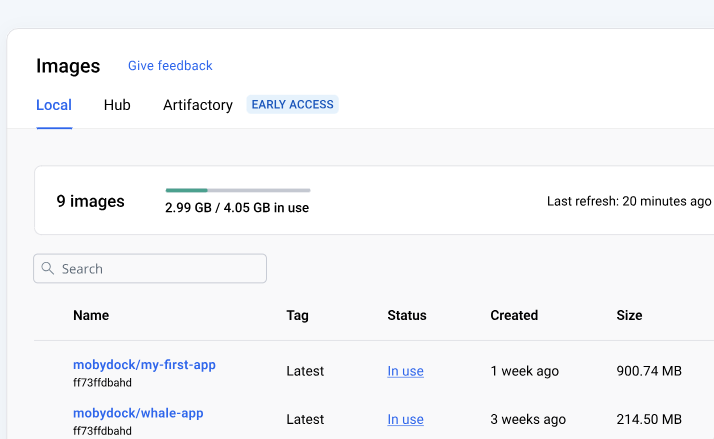
Docker enables developers to build, deploy, and manage applications inside lightweight, portable, self-sufficient containers or images. Most CI/CD tools use Docker Images or integrate with the platform to create environments that require consistent, reproducible configurations.
Key features:
- Container management: Simplifies the creation and management of containers.
- Docker Hub: Provides a vast library of container images.
- Docker Build Cloud: Offers cloud-based image builds for faster development.
- Integration with CI Tools: Easily integrates with existing CI/CD tools to streamline container workflows.
- Consistency across environments: Ensures consistency across different development, testing, and production environments.
10. Buddy
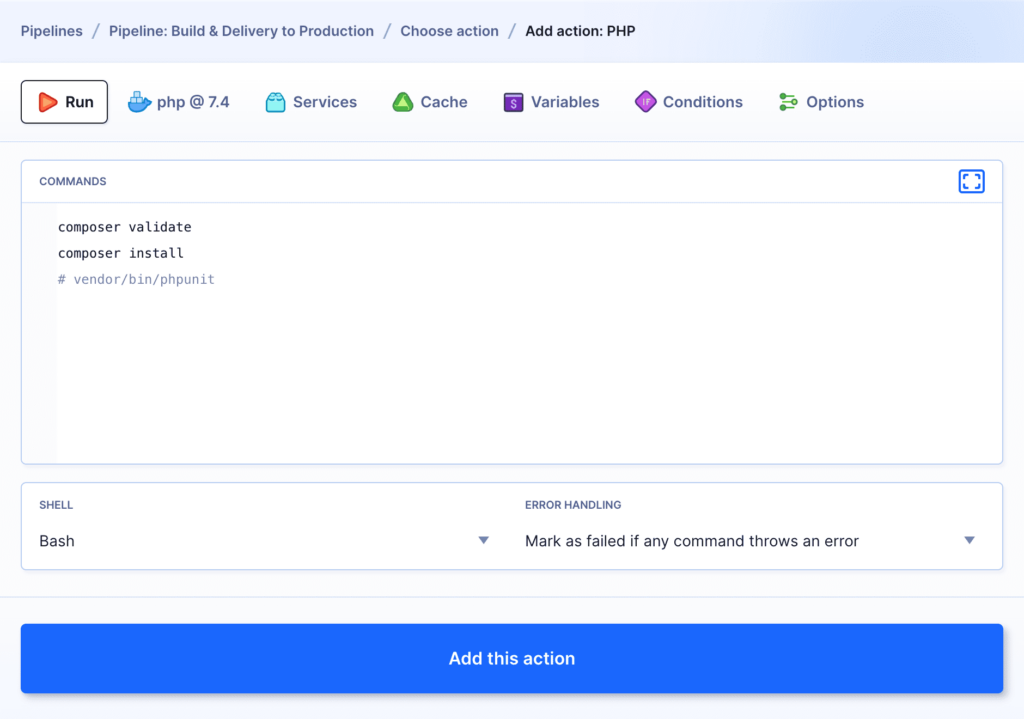
Buddy is a CI/CD pipeline tool designed for speed and simplicity. It uses Docker containers with pre-configured development environments.
Key features:
- Comprehensive automation: Supports over 100 actions to automate all aspects of web development.
- Concurrent pipelines: Users can run tasks and tests in parallel to reduce build times. Reusable environments also speed up development.
- High performance: Known for its quick setup, fast performance, and vCPU and RAM scaling.
- Intuitive interface: Provides a graphic-based interface so developers and QA teams can create CI/CD workflows in minutes.
How to choose the right CI/CD tool
There are five main factors to consider when deciding between the best CI/CD tools:
- Integration capabilities: Select a tool that easily integrates with your existing platforms, such as version control systems, testing tools, DevOps tools, and deployment environments. The broader the compatibility, the smoother your CI/CD pipeline will function.
- Scalability: Ensure the CI/CD tool can scale to meet your project’s needs. It should handle increased loads and team sizes without a drop in performance, supporting both small-scale projects and large enterprise demands.
- Flexibility and customizability: Look for a highly customizable tool to tailor processes to your specific workflows. A flexible tool can adapt to varying project requirements and help create custom pipelines.
- Ease of use: A user-friendly interface and detailed documentation can significantly reduce the learning curve, making your CI/CD pipeline tools accessible to new users and reducing setup and maintenance time.
- Security: Select a tool that provides robust security features, like role-based access control, secure handling of secrets, and compliance with industry standards, to protect your codebase and deployment processes.
These factors help you assess your CI/CD tools, select the right platform, and create an effective CI/CD pipeline to elevate your development processes.
Build an efficient CI/CD pipeline with Ghost Inspector
Development teams rely on CI/CD pipeline tools for faster building and deployment. A powerful CI/CD pipeline needs structured web application testing; this is where Ghost Inspector comes in.
Ghost Inspector is an automated web testing platform that integrates with leading CI/CD tools. It is a no-code testing tool that supports unlimited parallel testing. So DevOps teams can build, edit, schedule, and run multiple tests within CI/CD pipelines to achieve rapid deployment times.
Book a free live demo to discover how Ghost Inspector can boost your CI/CD pipeline today, or sign up for our 14-day free trial.
Boost your CI/CD pipeline with Ghost Inspector automated testing
Our 14 day free trial gives you and your team full access. Create tests in minutes. No credit card required.


